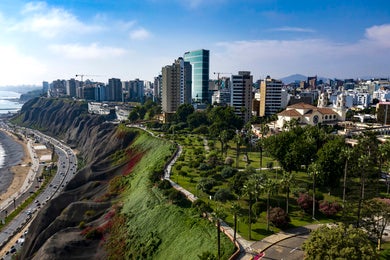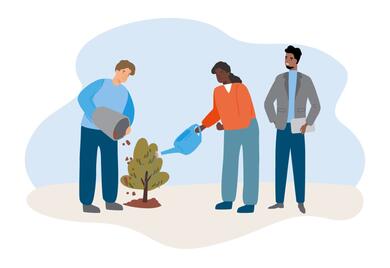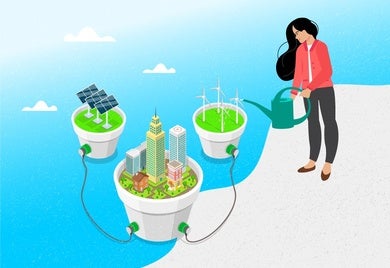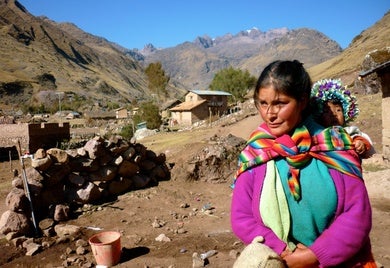
IDB World: Crime & Public Opinion; Peru’s Green Coast & Latin Entrepreneurs
We present three selected IDB Group blog entries, on crime and public opinion in the region, transportation improvements in Peru’s Green Coast, and the promotion of innovation and entrepreneurship.

First Sustainable Bond in Central America, A Regional Trailblazer
Banco Promerica Costa Rica's first sustainable bond issue in Central America paves the way for the region's financial sector to align itself with the latest trends in international finance and refine the environmental and social impact assessment of its operations.

Six Proven Steps to Harness the Value of Public Consultations
When dealing with policy making and project risk management, public consultations provide insightful tools to better improve lives within communities and societies. We assigned our best talent to provide solutions in this field, and now we'd like to share how we’re making things happen.

What can businesses learn from crisis management in the digital age?
Crisis management goes beyond communications. Recent events highlight how digital technology can both strengthen and hinder any recuperation efforts.

Maximizing the impact of sustainable development investment
Investing and financing are the first steps on the road to sustainability. In sustainable development, knowledge and experience are needed too.

The best of 2015: How to make cultural tourism sustainable
If you want to start a hotel, the normal thing to do is buy some land, build the hotel, hire a few locals for cooking, cleaning and maintenance and open for business.